

— Blogs —
—Products—
 Consumer hotline +8618073152920
Consumer hotline +8618073152920 WhatsApp:+8615367865107
Address:Room 102, District D, Houhu Industrial Park, Yuelu District, Changsha City, Hunan Province, China
Product knowledge
Time:2024-10-24 15:40:51 Popularity:1170
Agriculture Weather Station is a kind of automated equipment integrating multiple sensors, which is used to monitor the meteorological conditions of farmland or specific agricultural areas in real time. It automatically collects and analyzes key meteorological parameters such as wind speed, wind direction, temperature, humidity, barometric pressure, soil temperature and humidity, light intensity, etc. through Internet of Things (IoT) technology to provide scientific basis for agricultural production.
- Function: Measure air temperature.
- Value: Evaluate the crop growing environment and make agricultural management strategy.
- Function: To measure air humidity.
- Value: To understand the humidity condition of the growing environment of crops, which is a guide for irrigation and pest control.
- Function: Measure wind speed and direction.
- Value: To predict weather changes, arrange farming activities and prevent wind damage.
- Functions: Measuring rainfall and rainfall intensity.
- Value: Reasonable arrangement of farming activities such as irrigation and drainage.
 |  |  | 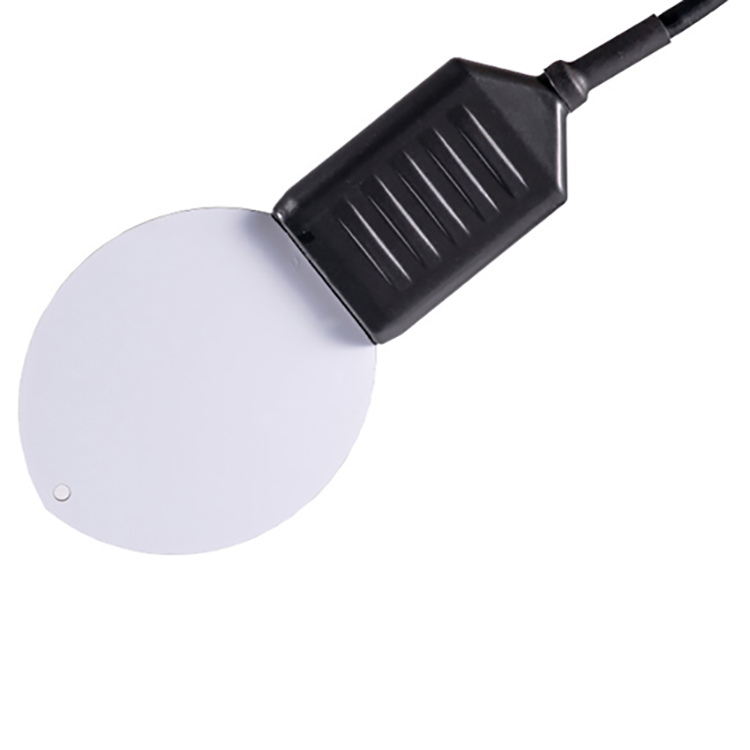 |  |
| Anemometer Wind Speed sensor | Wind direction sensor | Tipping bucket rain gauge sensor | Leaf Wetness Sensor | Piezoelectric Rain Gauge |
 |  |  | 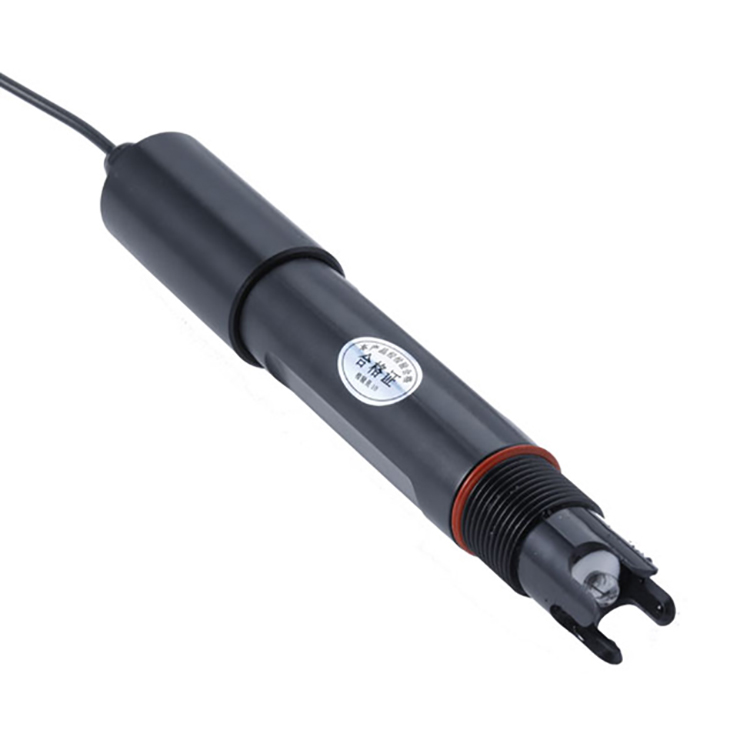 |  |
| Atmospheric Temperature Humidity air pressure Sensor | ultrasonic wind speed and direction sensor | 5 in1 Ultrasonic Weather Station Sensor | Soil pH sensor | 7 in1 Ultrasonic Weather Station Sensor |
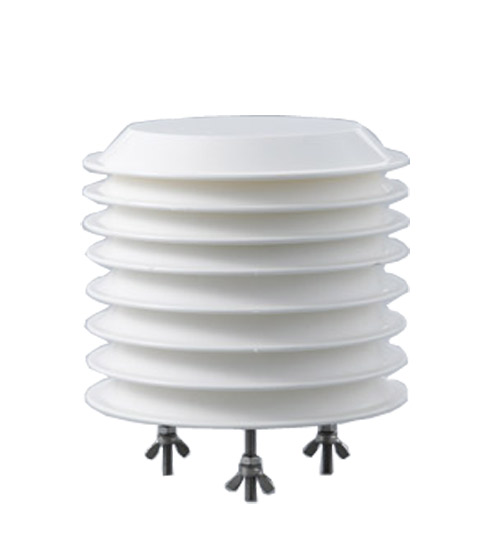 |  |  |  |  |
| Carbon dioxide sensor | Solar Radiation Sensor | Photosynthetically Active Radiation Sensor; | illumination sensor | Soil Moisture Temperature sensor |
- Function: To measure soil temperature and humidity.
- Value: To understand the soil moisture condition and crop root growth environment, which is important for irrigation management.
- Function: Measure solar radiation and light intensity.
- Value: To assess the intensity of crop photosynthesis and develop light management strategies.
- Function: To measure total solar radiation.
- Value: Assess crop photosynthesis intensity and use fertilizers appropriately.
- Function: To measure the atmospheric pressure.
- Value: To predict weather trends.
- Function: Monitor the concentration of PM2.5, PM10 and other hazy particulate matter and harmful gases.
- Value: Predict hazy weather and take protective measures.
- Function: Monitor the concentration of air oxygen.
- Value: To understand the needs of plants under different oxygen levels.
1. Provide accurate meteorological data: Agricultural meteorological stations can monitor a variety of meteorological parameters in real time and provide accurate data support for agricultural production.
2. Optimize agricultural production management: Farmers can scientifically arrange agricultural activities such as sowing, fertilizing, irrigation, pest control, etc. according to the data provided by the weather station, so as to improve crop yield and quality.
3. Promoting sustainable development of agriculture: by optimizing the use of resources and reducing environmental impacts, agrometeorological stations help promote sustainable development of agriculture.
4. Provide early warning of disasters: the collected data can be analyzed and processed to predict future weather conditions and help farmers take protective measures in advance to reduce disaster losses.
1. farmland: monitoring crop growth environment.
2. orchards: managing the growth conditions of fruit trees.
3. Greenhouse: control the meteorological conditions of indoor agricultural environment.
4. Forestry: monitoring the forest ecological environment.
5. Grassland: to study the effect of grassland climate on the growth of pasture grass.
6. water resources: to monitor the meteorological changes around the waters.
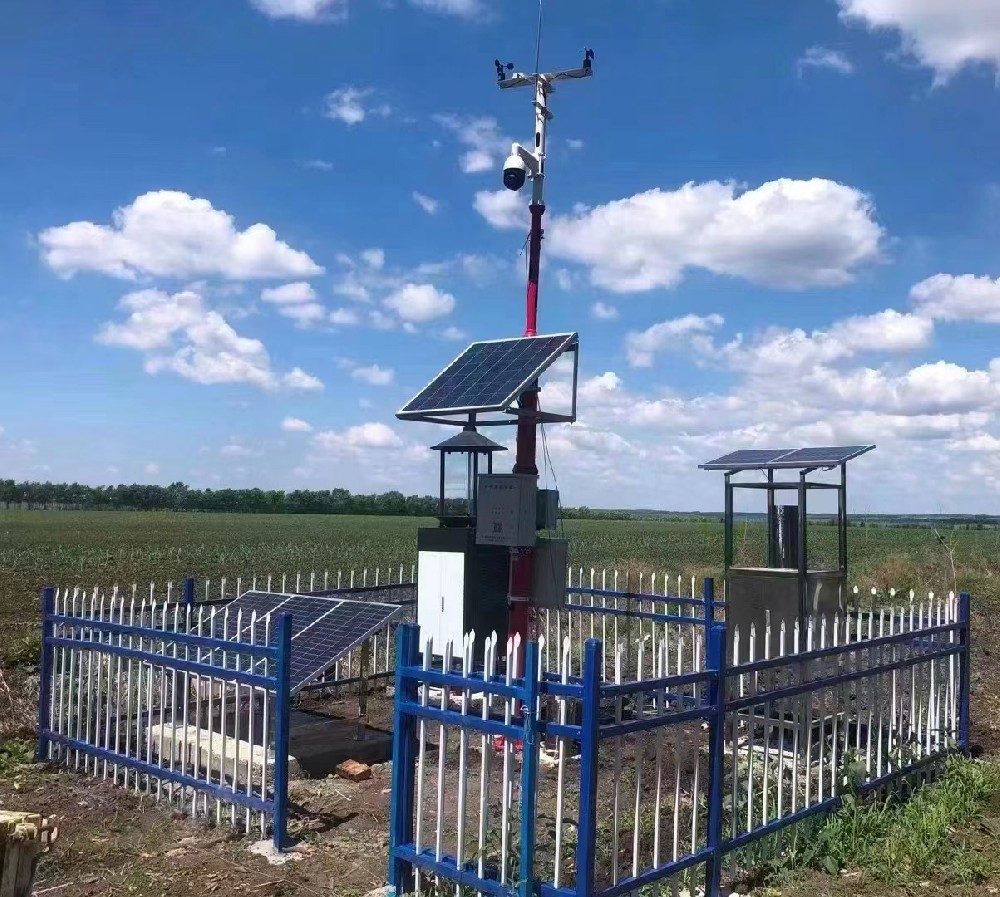
The price of agrometeorological stations varies due to a variety of factors, as follows:
Basic agrometeorological station: relatively simple functions, can measure basic meteorological parameters such as temperature, humidity, wind speed, wind direction, etc.. The price is relatively cheap, usually between tens and hundreds of dollars. For example, some small portable weather stations may cost about $120, while portable agrometeorological stations with more functions and higher measurement accuracy may cost from $500 to $1,500.
Conventional agrometeorological station: capable of measuring a wide range of meteorological elements more accurately, including temperature, humidity, barometric pressure, wind speed, wind direction, rainfall, light, and so on, and with certain data storage and transmission capabilities. The price of this type of agro-weather station is generally around $800 to $3,000.
High-end intelligent agro-weather station: with more advanced technology and functions, such as high-precision sensors, automatic calibration function, remote monitoring and control function, and powerful data processing and analyzing ability. Its price is relatively high, usually above US$3,000, and even some high-end products may cost more than US$15,000. For example, some professional-grade agro-weather stations for research or large-scale agricultural parks may cost between US$8,000 and US$15,000.
Please note that these prices are for reference only, and the actual prices may vary due to market supply and demand, brand, model, configuration, regional differences and other factors.
- Functional requirements: the more functions the higher the price of the agro-weather station. For example, the price of agrometeorological stations that include functions such as soil moisture monitoring and automatic irrigation control is usually higher.
- Measurement accuracy: The higher the measurement accuracy, the higher the price of the weather station. High precision sensors and calibration techniques usually increase the cost.
- Brands and configurations: Agricultural weather stations with well-known brands and high-end configurations are usually more expensive. These products usually have better quality and longer service life.
- After-sales service: Agrometeorological stations that offer comprehensive after-sales services are likely to be more expensive. These services may include technical support, repair and maintenance.
- Define your needs: Before buying an agrometeorological station, you should first define your needs, including the meteorological parameters to be measured, the measurement accuracy, the data transmission method, etc. Compare products: Compare different agrometeorological stations in the market.
- Compare products: Compare different brands and models of agricultural weather stations in the market to understand the differences in their functions, accuracy, price, etc. Choose a brand: Give priority to well-known brands and models.
- Choose brand: Prioritize well-known brands and agricultural weather stations with good reputation to ensure product quality and after-sales service.
- Consider the budget: choose the right agrometeorological station according to your budget and avoid blindly pursuing high-end products or low-priced products.
- Understand the after-sales service: choose the agrometeorological station that provides comprehensive after-sales service to ensure that you can get technical support and maintenance service in time during the use.
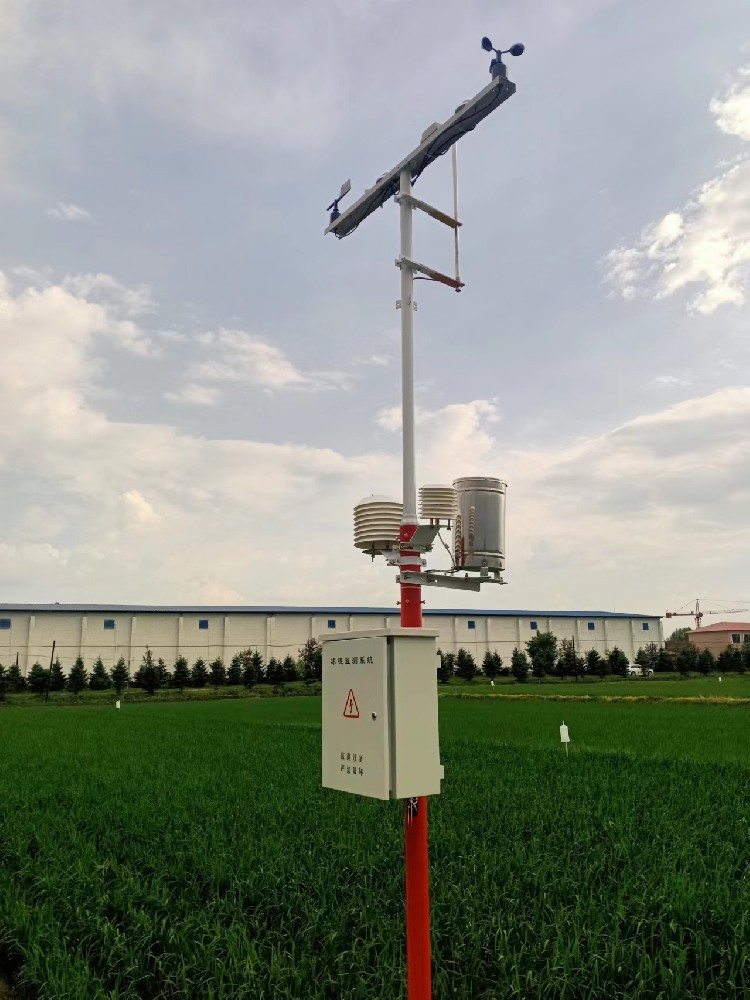
Choosing the right agrometeorological station requires comprehensive consideration of the following key factors:
- Clarify the purpose of monitoring: to determine the meteorological elements that need to be monitored, such as temperature, humidity, wind speed, soil parameters and so on.
- Functional requirements: whether intelligent alarm, remote monitoring, data analysis and cloud platform services are needed.
- Confirm that the product meets the industry standard: such as whether it has 3C certification, check the product manual and inspection report.
- Choose a brand with good reputation and quality assurance: ensure the stability and durability of the equipment.
- Utility power supply: suitable for areas with stable power supply, such as near residential areas or in agricultural parks, directly connected to the utility, economical and reliable, but need to consider the risk of possible power outages.
- Solar power: Suitable for remote or field areas with inconvenient power supply. The system includes solar panels and batteries, which can convert and store solar energy independently to ensure the continuous operation of the weather station. When designing, consideration should be given to equipping enough solar panels and storage batteries in large-capacity protective boxes to ensure that normal operation can be maintained even on continuous cloudy and rainy days.
- Utility + solar dual power supply system: even in the case of utility power interruption, the solar system can ensure the normal operation of the weather station and data continuity.
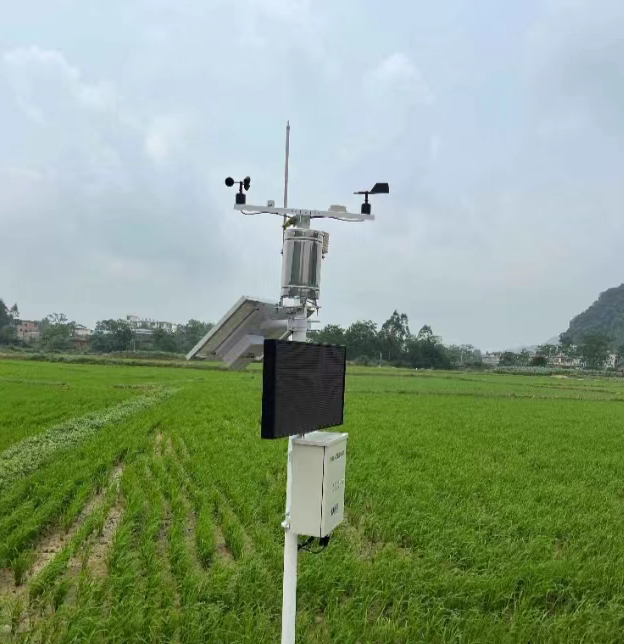
- Depending on the distance between the monitoring point and the data receiving point, choose the appropriate communication mode, such as RS485, GPRS, etc..
- Considering the real-time and stability of data transmission: long-distance transmission can choose GPRS or more advanced wireless communication technology.
- Choose manufacturers that provide good technical support and after-sales service: including fast response and fault resolution capability.
- Understand the warranty policy and follow-up service support: to ensure long-term use without worry.
- According to the project budget, weigh the functions, quality and price, and choose a cost-effective product.
- Don't make a decision based on price alone: long-term operating costs and maintenance costs are also important considerations.
- If there are special needs, such as specific sensor configurations or software customization, you need to communicate with the manufacturer in detail.
- Ensure that the manufacturer can provide customized services, and assess their implementation capabilities and experience.
- If possible, visit the manufacturer or learn about its successful cases in similar application scenarios.
- User evaluation and feedback are also important reference information.
Summary
Agriculture Weather Stations is an indispensable tool for modern agriculture, which realizes the comprehensive monitoring of agricultural environment through integrated sensors. It not only improves the efficiency of agricultural production and reduces risks, but also promotes intelligent and scientific management of agriculture. When choosing, it is necessary to comprehensively consider various factors according to the specific needs and budget to ensure the rationality and effectiveness of the investment. Agricultural weather stations can provide accurate meteorological data to help farmers optimize management measures, improve crop yield and quality, reduce losses caused by natural disasters and promote sustainable agricultural development.
Related recommendations
Sensors & Weather Stations Catalog
Agriculture Sensors and Weather Stations Catalog-NiuBoL.pdf
Weather Stations Catalog-NiuBoL.pdf
Related products
 Combined air temperature and relative humidity sensor
Combined air temperature and relative humidity sensor Soil Moisture Temperature sensor for irrigation
Soil Moisture Temperature sensor for irrigation Soil pH sensor RS485 soil Testing instrument soil ph meter for agriculture
Soil pH sensor RS485 soil Testing instrument soil ph meter for agriculture Wind Speed sensor Output Modbus/RS485/Analog/0-5V/4-20mA
Wind Speed sensor Output Modbus/RS485/Analog/0-5V/4-20mA Tipping bucket rain gauge for weather monitoring auto rainfall sensor RS485/Outdoor/stainless steel
Tipping bucket rain gauge for weather monitoring auto rainfall sensor RS485/Outdoor/stainless steel Pyranometer Solar Radiation Sensor 4-20mA/RS485
Pyranometer Solar Radiation Sensor 4-20mA/RS485
Screenshot, WhatsApp to identify the QR code
WhatsApp number:+8615367865107
(Click on WhatsApp to copy and add friends)
